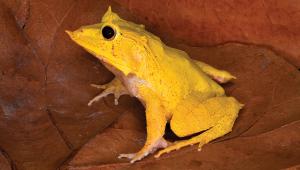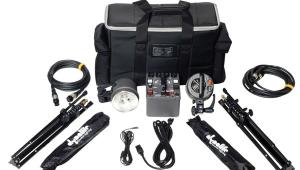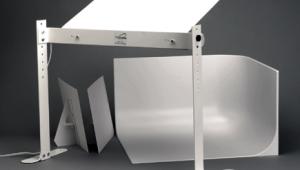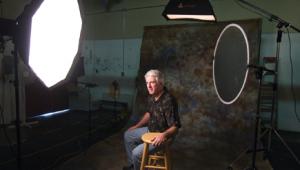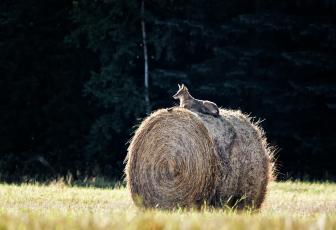Bounce Flash: Indirect Lighting For Softer Effects
On-camera flash is convenient and very fast to use, but it’s not a flattering type of light. It’s a flat type of lighting with seemingly no depth, it creates unattractive shadows, and any surface that has sheen to it will reflect the light back into the lens.
One solution to these issues is to use bounce flash. Most portable flash units allow you to swivel the flash head such that it can be angled upward as the camera is aiming forward at the subject. The purpose of this is to bounce the light off the ceiling and spread the illumination down onto the subject. The net effect is that the light is softened, more evenly distributed, and the shadows that were created with on-camera flash are much less obtrusive and sometimes they are eliminated altogether.
Photos (#1 and #2) illustrate what I’m talking about. Photo (#1) was taken with direct on-camera flash and (#2) was taken with bounce flash. Notice how the shadows behind the Javanese dolls are black with direct flash, and with the softened light from the bounce they are still visible but because the dolls were placed so close to the background wall they are significantly diminished.

All Photos © Jim Zuckerman

Notice also the color difference between these pictures. When you bounce a flash off the ceiling, the color of the light is affected by the color of the ceiling. If the ceiling is white, the light won’t be influenced. However, in my home the family room ceiling is beige. The light from the flash absorbed that color, and the dolls in (#2) therefore look a lot warmer in tone, almost as if I had used a warming filter.
Comparing the two shots of a wood carving depicting Buddha from Bali, Indonesia (#3 and #4) you can see the same warm tone from the beige ceiling in the photo where I bounced the flash, but also notice the difference in reflectivity. In the photo where I used direct on-camera flash (#3) the varnished wood is so reflective that the highlights detract from the artwork. In addition, I had to adjust the exposure in Adobe Camera Raw because it was underexposed due to those reflections. What happens is that the meter sees the brilliant highlights and reduces the exposure in an effort to make the shot look more middle toned. As a result, it’s too dark. This did not happen when I bounced the flash (#4).
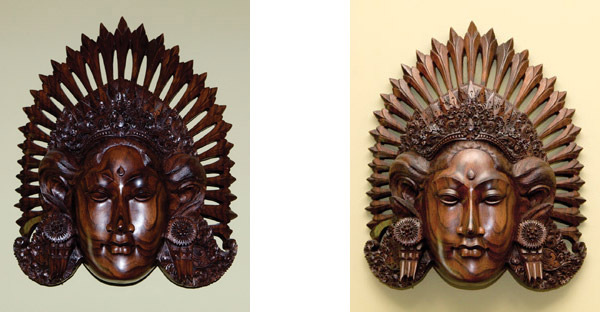
Bounce flash has other advantages other than softening the light on the subject, softening or reducing shadows, and eliminating glare. It also is much easier on a person’s eyes. When I photographed a newborn baby (#5), for example, I used bounced flash because it didn’t hurt the baby’s eyes. Even with adults, bouncing the flash is much easier on the eyes and people don’t squint even before you take the picture because they anticipate the discomfort of the brilliant light from the flash.

A disadvantage in using bounce flash is that you lose light. Approximately two f/stops of light are lost, depending on the color tone and material of the ceiling, the distance from the flash to the ceiling and the distance from the ceiling to the subject. If you are in a home that has a dramatic entrance with very high ceilings, there is little point in trying to use bounce flash. The distance will absorb too much light. Using a higher ISO is a solution, but I advise not going above ISO 400 unless you have no choice. This keeps digital noise at a minimum.
When you use bounce flash, take a few steps back from the subject. If you get too close, the light will go up to the ceiling and bounce back down at a severe angle, and the reflected illumination will strike the subject directly from above. This kind of light is usually unattractive. It is akin to shooting outdoors with an overhead sun. In addition, the light (particularly on a face) will look very harsh and contrasty, and the top part of the picture will be brighter than the bottom part.

